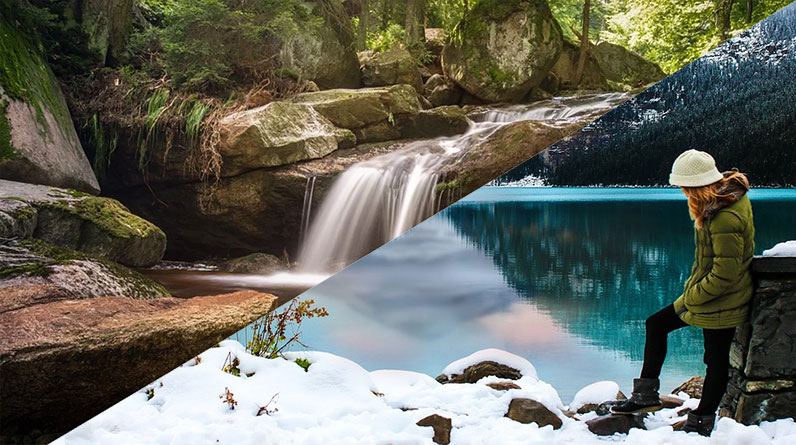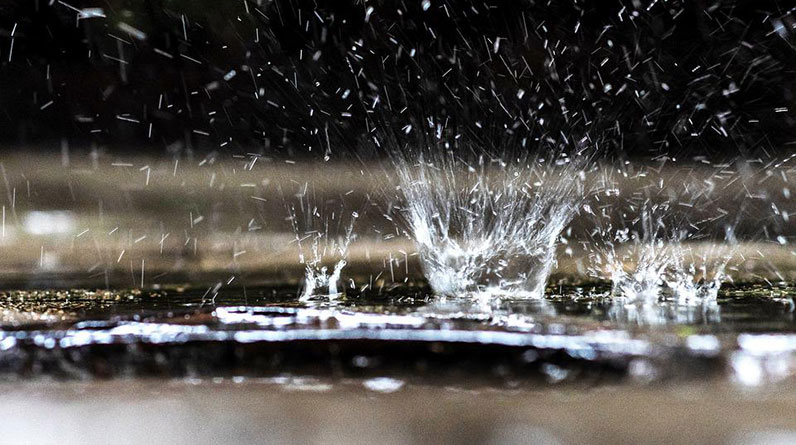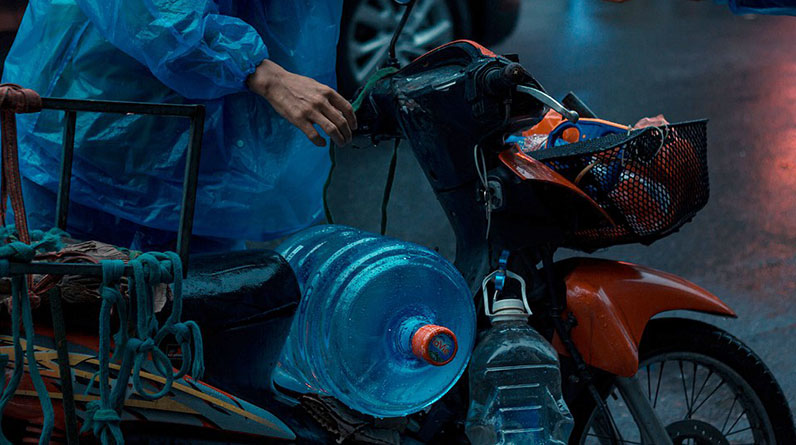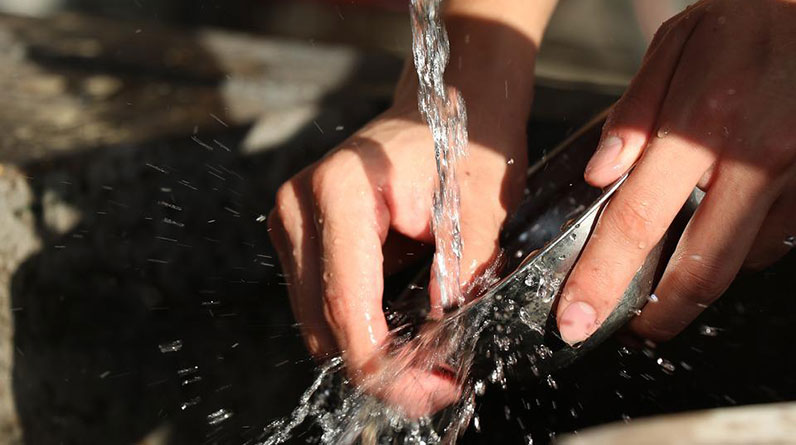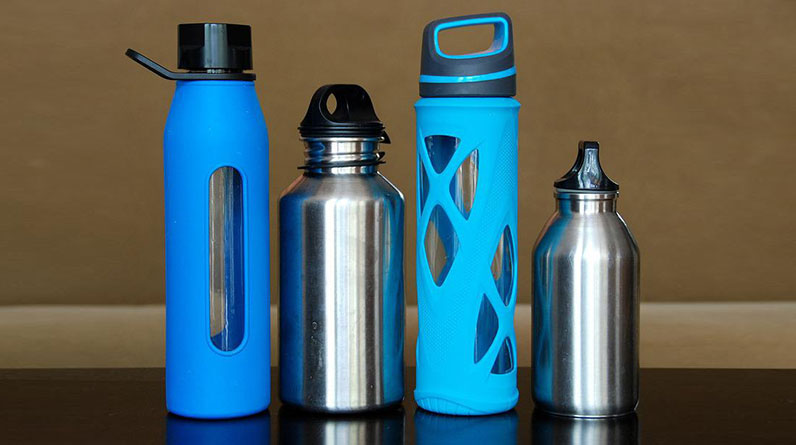
Plan the Amount of Water Needed for Survival Emergencies
A gallon of water per person per day is the recommended daily allowance, and for most people this means carrying at least three gallons with them at all times. Remember, in an emergency, having access to a safe water supply can mean the difference between life and death.
For most people, it is best to have access to at least 3 weeks of water. This is enough water to get you through most emergencies. If you are traveling in an area where there is a possibility of becoming stranded, it is recommended to carry even more water – up to 6 weeks. This is challenging but if you plan and prepare, it is possible.
Now, all of this said, here’s a very rough guide of water needed per day:
- Civil unrest = 3-5 gallon per person
- Food shortages = 2-3 gallon per person
- Wildfire = 1-2 gallon per person
In large part, the differences are caused by various factors related to usage. For example, if you’re on the move, you’ll likely need more water due to exertion and sweating. Similarly, if you have dry food, you likely need some water to boil or for adding to the supplies.
How can water be easily collected and stored for use in a survival situation?
Water is one of the most important resources, as it is essential for both drinking and hygiene. It’s the essence of life.
There are pros and cons to all the basic collection approaches. Many people store water in individual containers in order to have it available when they need it, but this can be a cumbersome process. Another option is to collect water from natural sources, but this can be difficult and time-consuming. Still another option is to use a water filtration device, but this can be expensive and may not be practical in all situations.
Water can be easily collected and stored for use in a survival situation by using a water storage container. A water storage container can be filled with water and sealed. This can help to keep water safe and can be used to store water for use in a water emergency. But, again, the downside is that there is not much mobility. This doesn’t solve the problem of moving water over long distances.
Let’s Summarize:
- Carry it (e.g., bags, plastic backpack, jugs)
- Find and secure natural sources (e.g., ponds, lakes, streams, springs)
- Use technology (e.g., physical water filtration, chemical filters, fast boiling)
- Large containers (e.g., water towers, large metal containers or plastic bins)
What are the core principles of water survival?
Here are the three core principles of water survival:
- conservation; do not waste, do not ignore
- clean water; filtration, purity, distillation, boiling
- storage; containers, pre-fill, pre-store, ongoing
The first principle is to recognize the importance of water and take steps to conserve it. Water should be stored in containers that are made from impermeable materials, such as plastic, metal, or glass. These containers should be placed in a cool, dry place.
The second principle is to know how to use water. It is important to know how to filter and purify water. Filtration can be done using a water filter, a water barrel, or a cloth filter. Purification can be done using a water purification kit, a distillation apparatus, or a boiling water distillation apparatus.
The third principle is to know how to store water. Water should be stored in a container that has a tight fitting lid. The container should be filled to the top with water, and the lid should be screwed on tight. The container should be stored in a cool, dry place.
A more sophisticated option is to create a water collection system using PVC tubing. This system can be made relatively easily and is relatively inexpensive. The tubing can be filled with water and sealed at both ends. When the system is needed, the tubing can be filled with water and carried to where it is needed. This system is simple and easy to use, and it can be adapted to a variety of situations.
Another option is to build a large water storage container, or even a water tower. This container can be made from a variety of materials, including plastic and metal. The container should be sturdy and waterproof, and it should be able to hold a significant amount of water. The container should also be able to be accessed easily.
